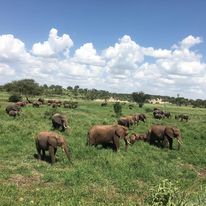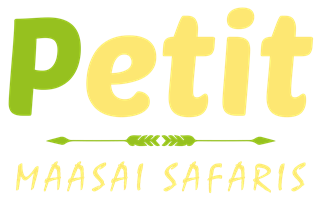Necessary Climbing Equipmentents
Climbing Mount Kilimanjaro is a remarkable adventure, requiring both physical and mental preparation. The journey takes you through diverse climate zones, each presenting unique challenges and weather conditions that can shift rapidly.
Starting your climb, you’ll begin in a hot, tropical rain forest, progressing to a rough, dry area, and eventually reaching the arctic zone at the summit, where temperatures can plummet to -25°C (-13°F). To ensure a successful climb, it’s crucial to be well-prepared with the right gear. Here’s a guide to essential equipment for climbing Mount Kilimanjaro:
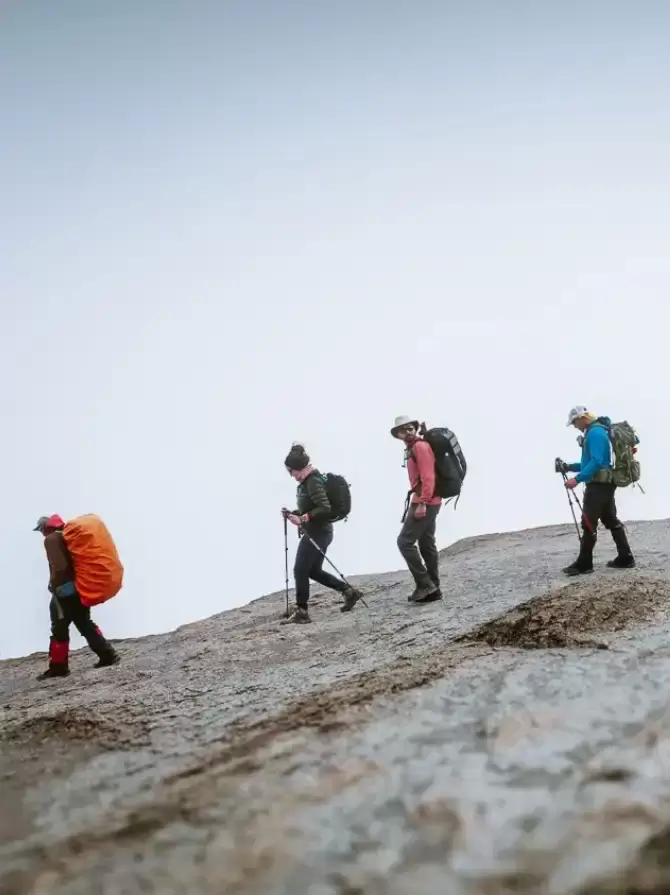
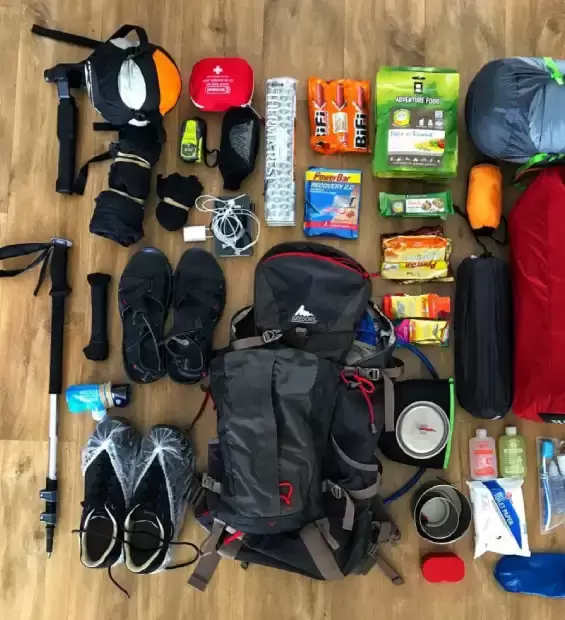
Travel Wallet & Passport
A secure travel wallet is a must for carrying your important documents including passport, extra photos, and money. We suggest that you use a travel wallet that you can hang around your neck and place inside your shirt, or around your waist tucked under your shirt or trousers.
Carry a photocopy of the first two pages and an extra photo in a separate location. Send copies of all important documents to your own e-mail address, to be able to retrieve at any time any where.
Factors to Consider
Antibiotic such as Ciprofloxacin and/or Zithromax Z-Pak.
Diamox for acclimatization, 125mg tabs recommended, enough for one week.
Malaria phrophylaxis (we suggest Malarone, one tablet a day starting two days before the trip and going until one week after the trip).
Personal Snack Food: You should bring some extra snacks for the climb, especially for summit day, and some drink mixes if you like these to add to your water bottle.
Trekking Poles: Poles come in handy for balance and easing impact to your knees. Get collapsible poles that can attach to your backpack.
Backpack: You need a pack big enough for your clothes, water, camera, food, etc during the day. Packs should be in the 50 litre / 3000 cu in range. Not too big, not too small.
Pack Cover: Waterproof rain cover for your pack.
Sleeping Bag: Rated to minus 15 degrees Celsius .
Sleeping Pad: (chose either a self-inflating or closed-cell foam pad)
Tip: Bring 5 large plastic rubbish bags to pack gear inside duffels to protect gear from rain. Clothing
Base Layer: 2 pair synthetic long johns: one mid-weight set and one expedition weight set.
Mid Layers: One additional warm layer (wool sweater, another fleece jacket, shelled vest, etc, that can be worn in conjunction to the other layers).
Warm Pants: Look for construction that provides freedom of movement and/or stretch materials. Fleece is good. Wear over long-johns with shell on top for cold weather.
Shell Jacket: Waterproof/breathable jacket with hood.
Shell Pants: Waterproof/breathable pants (full side zips are best).
Parka: REQUIRED (it gets VERY COLD on summit morning!). Down or synthetic. This should be big enough to go over other garments.
Rain Poncho.
Hiking Clothes: Light hiking trousers and / or hiking shorts – NOT cotton. Shirts for hiking on nice days (t-shirts OK, quick-drying synthetic fabric far better.)
Casual Clothes: For travel/safari/meals in dining rooms. You’ll want a shirt or two with a collar to wear on flights and in the lodges. A sweatshirt or light jacket might be nice in the evening.
Swimming trunks/suit Some of the hotels have pools.
Clothing Accessories
Gloves and Mittens: Light gloves for hiking and around camp, warm ski gloves or similar, and down or warm insulated mittens for summit day.
Hats: Balaclava best – Warm wool or heavy fleece hat, sun hat and bandana. Footwear
Lightweight Shoes: Running/tennis shoes for camp, around town, safari, etc.
Hiking Boots: Medium-weight hiking boots, waterproofed and broken-in.
Gaiters: To keep snow, mud, and scree out of your hiking boots.
Socks: 3 complete changes of socks, Make sure your boots are roomy enough for the sock you intend to use. Tight boots will make your feet cold.
Camp Accessories
Headlamp with extra batteries.
Water Bottles: 2 water bottles with foam insulation shells (or camel pack ).
Water Treatment: Iodine tablets (Potable Aqua or similar), iodine crystals, for water purification.
Camera: With spare batteries, and film or memory cards.
Personal Accessories
Wrist Watch: With alarm.
Eyewear: Bring good sunglasses. For contact lens wearers, ski goggles with light colour lenses (for use at night) might be useful in windy conditions that cause dust.
Vision correction: Bring extra prescription eyeglasses or contact lenses if you wear them. Lens solutions are not widely available in Africa.
Skin Care: Maximum SPF sunscreen and lip balm.
First Aid: Hand sanitizer , moleskin, tape, aspirin / ibuprofen / acetaminophen, Imodium for diarrhea, Band-Aids, small towel, antacid, insect repellent, ear plugs, and several rolls of toilet paper.
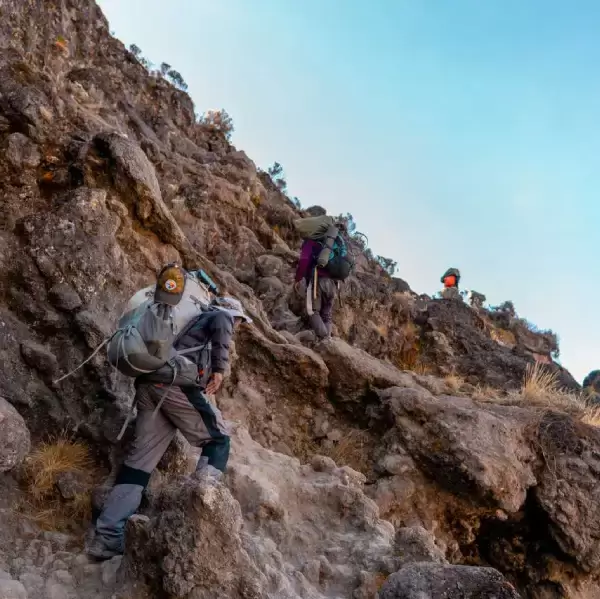
Have questions?
Get in touch!
Experience the epitome of luxury with our tailor-made holidays, crafted exclusively for you. Every detail of your bespoke escape is thoughtfully curated to match your unique preferences. Book your dream getaway today and indulge in unparalleled elegance and comfort.
Travel Guide To Kilimanjaro
When To Climb
The best time to climb Mount Kilimanjaro is during the dry season. Read More
Is Climbing Safe?
Only certified mountain guides with wilderness first aid training lead our treks. We are serious about safety and we prioritize good acclimatization for every trek.
What to Pack?
And, what you can rent on-location in Tanzania! No need to bring your own tent or trekking poles, we’ve got you covered.
How much does a Kilii Climb cost?
The average Kilimanjaro Climb ranges from $1500 to $5000 or more, depending on factors like group size, route, duration, and services.
Our Travellers Reviews
Outstanding tour operator
I can't say enough good things about Bryson and Petit Maasai. Bryson handled our last-minute trip to Tanzania like he'd been working on it for months instead of a handful of days after we connected about a week before our family arrived.Awsome
Exciting trip!!! Bryson made a private tour with masai mbome & we had a rest in mountains near Ngorongoro - everything was awsome!!! Morevover, all of our individual things we re made with great discount!Mike is great ranger too!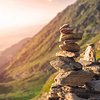
Kilimanjaro With Petit Maasai safaris- 5 stars!!!
We book 7 days Kilimanjaro with Petit Maasai safaris after having the safari with another company and we made it with a brilliant guide to the summit. We took the Lemosho route, starting in the rain forest and approached the camp via various tents campsites.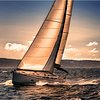
A great experience!
We did a safari in the northern parks of Tanzania with Petit Maasai Safaris and it was a great experience! The guide and the cook were really professional and nice with us, trying to make us feel comfortable and to satisfy our requests. Thanks a lot!